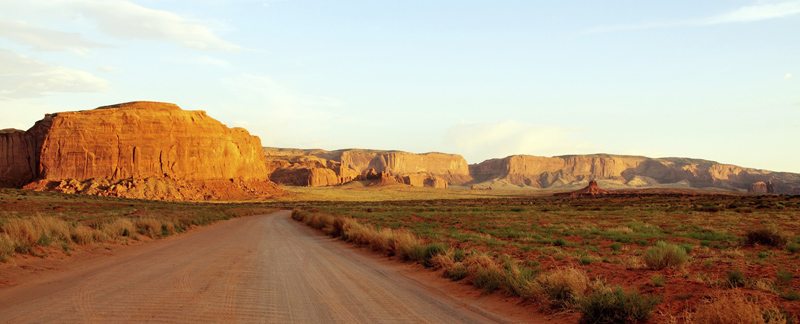
Each tribe functions as a sovereign nation and provides a variety of governmental services to tribal members.

“Because few tribes tax their members, many tribes engage in commercial activities to generate sufficient revenue to provide these services,” says Roxann Gallagher, attorney at Sacks Tierney. “As a result, we have traditionally seen a mix of bonds, either tax-exempt or taxable, issued to acquire, construct or improve both governmental and commercial facilities.”
With the introduction of the American Recovery and Reinvestment Act of 2009, came $2B meant to broaden the reach of tax-exempt funding for commercial development. A significant portion of that $2B volume cap for tribal economic development bonds are still available.
Native American communities can issue tax-exempt bonds to finance construction projects that will benefit their own community, such as government and community buildings. Various departments also offer federal grants to fund schools, pre-school programs, health care, and infrastructure, including water systems and roads in Indian country.
“Keys to success [with regards to building in Indian country] included the personal relationships, long-range planning to avoid last-minute glitches and the fact that the new Noah Webster School responded to a genuine need of the community, leading to a win-win result,” says Steenblik, who was the borrower’s counsel for the Noah Webster School being constructed on the Salt River Pima-Maricopa Indian Community. The construction of the new Noah Webster Schools-Pima project within the Salt River Pima-Maricopa Indian Community is being funded by a tax-exempt bond issued by the Industrial Development Authority of Pima County that is only available to tax exempt, nonprofit and non-Indian owned business.
“Construction financing undertaken by a tribal government or tribal governmental entity has many of the same challenges as any other governmental financing in terms of timing, structure, respect for political processes, and adherence to regulatory requirements,” says Gallagher. “Most notably, however, there are some additional legal and business issues that must be considered if certain tribal real property or restricted revenues are intended as security for the indebtedness. For instance, there are federal restrictions on the alienation of tribal property, potentially complicated title issues, and limitations on recourse against some potential sources of repayment.”

Though Jennings, Haug & Cunningham’s Ed Rubacha says it’s unlikely for tribal communities to resist payment by declaring sovereign immunity after a project is completed, the disputes of the Hualapai Skywalk and Ranch can make some developers nervous. Granted, if it’s a large project, Rubacha says, with a well-known tribe it may be smart to ask for a waive of immunity. A recent example being the Navajo Nation waiving its right to declare immunity on a $500M purchase of a coal mine being purchased by the Navajo Transitional Energy Company.
In the early 2000’s, the Navajo Nation decided to build its first casino in Arizona. It wouldn’t break ground until 2011 or open until May 2013. Twin Arrows employs 1,300 people and will make $45M a year. Instead of enlisting the help of a commercial bank, developers worked with the Navajo government to secure adequate funding.
“In 2009-10, the capital market was really soft,” says Navajo Nation Gaming Enterprise Chief Executive Darrick Wachtman. “Wall Street wasn’t lending to the casino startups. There was no activity. It was a good opportunity for the nation to get good returns. The interest rate was higher than market. It’s dependent on the cash-flow leverage.”
As for developers, Gallagher reports positive feedback: “Sacks Tierney’s clients have found that successful tribal finance transactions are akin to hitting a perfect golf shot in that the result is well worth the effort.”




